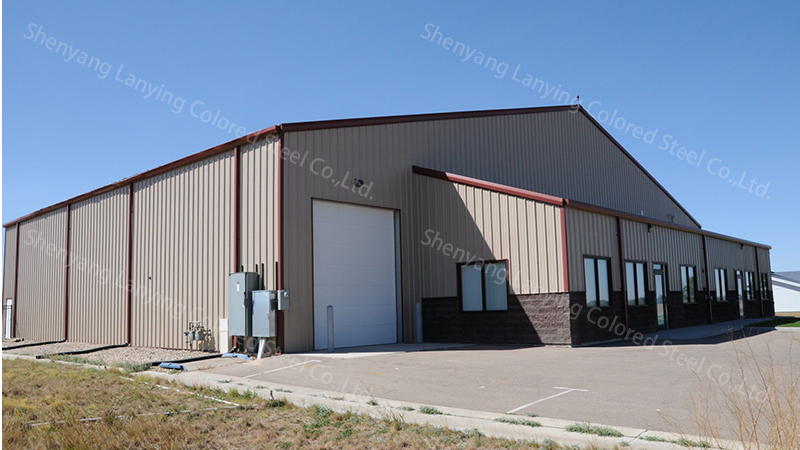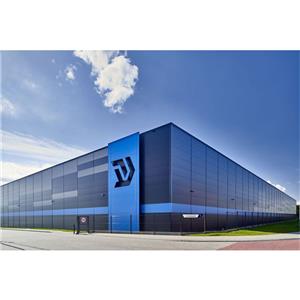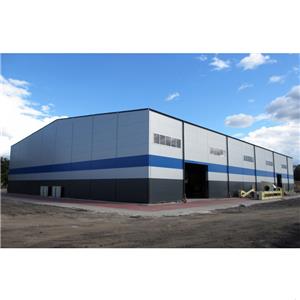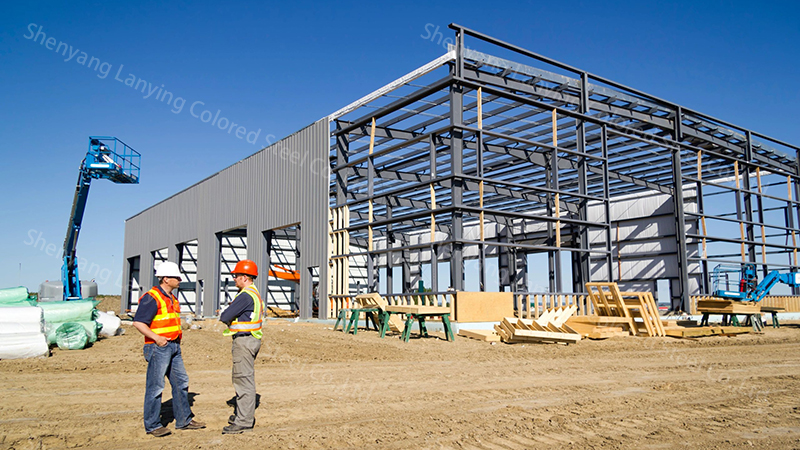How to cool down the steel structure workshop
Cooling down the steel structure workshop is a common challenge for many industrial buildings, especially in hot climates.
Steel is a good conductor of heat, which means it can easily absorb and transfer heat from the environment.
This can make the metal workshop uncomfortable and even unsafe for workers and equipment.
Fortunately, there are some effective ways to reduce the temperature of the steel structure workshop and improve the working conditions. Here are some of them:
Insulation and cooling:
One of the most important steps to cool down the prefabricated workshop is to install insulation on the roof and wall.Insulation can block most of the solar radiation and conduction heat, reducing the indoor greenhouse effect. There are different types of insulation materials available, such as mineral wool, fiberglass, foam board, etc. Some of them can also provide sound absorption and fire resistance. Insulation can also be combined with cooling devices, such as air conditioners, fans, or evaporative coolers, to further lower the temperature and circulate the air.
Ventilation and cooling:
Another way to cool down the steel structure workshop is to enhance the natural ventilation and airflow. This can be done by installing vents, windows, skylights, or louvers on the roof and walls. These openings can allow hot air to escape and fresh air to enter, creating a convection effect.
Ventilation can also be improved by using fans, blowers, or exhaust systems to create artificial airflow.
Ventilation can also be paired with evaporative cooling, which uses water to cool the air by evaporation.
This method is especially effective in dry climates, where the humidity is low.

Forced cooling:
A more advanced way to cool down the metal workshop building is to use forced cooling systems, such as air coolers or chillerThese systems use refrigerants or water to cool the air and deliver it to the workshop through ducts or pipes.
They can provide precise temperature control and uniform cooling distribution. However, they also require more energy and maintenance than other methods.
https://www.lysteelbuildings.com/





